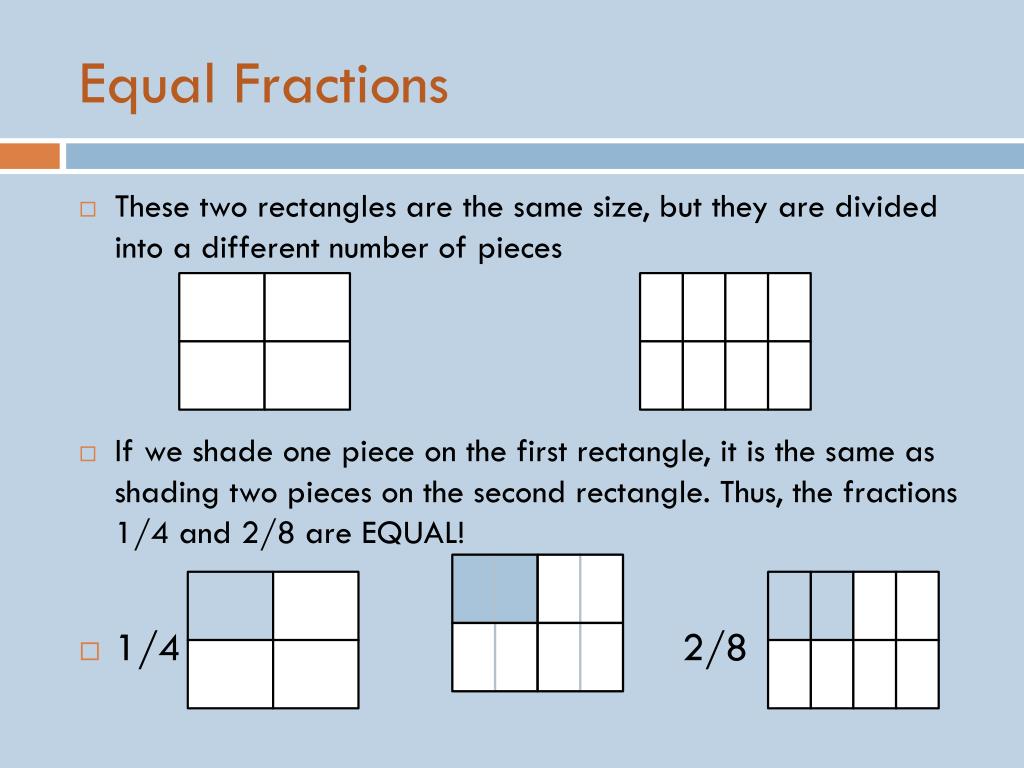


For example, show the students this fraction: 12/18įind the factors of the numerator and denominator. To simplify fractions, find a common factor that will divide evenly into the numerator and denominator. Emphasize that the fractions will still equal the same amount, or be equivalent, but the numerator and denominator will be different from the original fraction. The only time this won't work is if students multiply by zero.Įxplain that sometimes fractions have to be renamed to make them easier to work with. They should be able to tell you that if you multiply or divide both numerator and denominator by the same number, the new fraction will be equivalent to the original fraction. This will help students when multiplying and dividing.Īll of these fractions are equivalent because they name the same amount: 1/4Īfter a few examples, have students think about a rule for this principle. It's important to write fractions as "stacked", not side-by-side. Or, divide the numerator and denominator by the same number. Multiply the numerator and denominator by the same number to find an equivalent fraction. Explain that this is another way to find equivalent fractions. Write 1/2 x 2/2 = 2/4, and show that the numerator and denominator are doubled to show the new fraction. Ask students to give a few examples of one as a fraction, for example: 3/3, 4/4, 2/2. Review that numbers that are multiplied by one equal the same number. Lead them to see that there are twice as many pieces in the drawing of 2/4 than in the drawing of 1/2, but they represent the same amount. Have students point out what they know about the fractions. Use models to show the fractions 1/2 and 2/4, or draw them for students. Show models of equivalent fractions and explain that even though the numerators and denominators in the fractions are different, the fractions represent the same amount, which means they are equivalent. Review vocabulary and what students know about equivalent fractions. Lowest terms/Simplest Form: The numerator and denominator of a fraction in lowest terms have no common factors except one. They are fractions that name the same amount in different ways. The numerator represents how many pieces of the whole that are being discussed.Įquivalent Fractions: Fractions that reduce to the same number and have an equal value. The denominator represents the total number of equal parts in the whole or the set. If you multiply or divide both numerator and denominator by the same number, the new fraction will be equivalent to the original fraction.ĭenominator: The bottom part of a fraction. Students will use multiplication and division to show equivalent fractions. This lesson is for third through fifth grade students who have an understanding of equivalent fractions using models, an understanding of multiplication and division facts, and of multiplying and dividing fractions.


 0 kommentar(er)
0 kommentar(er)
